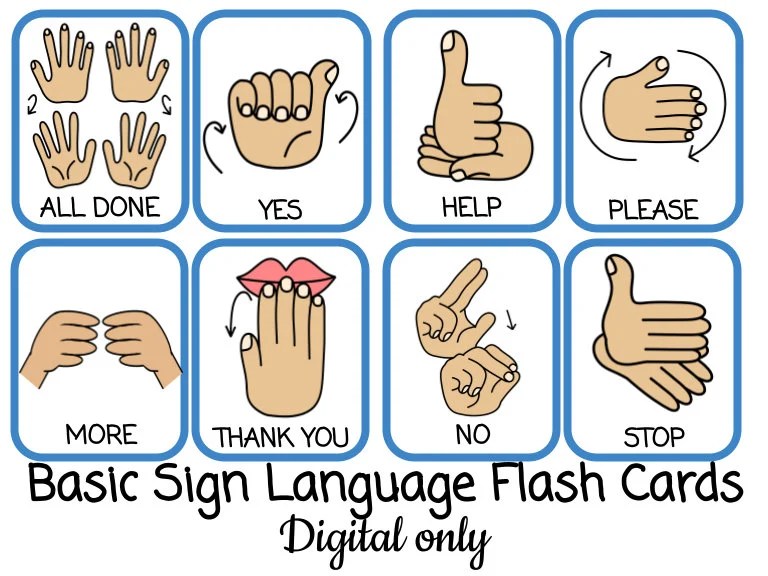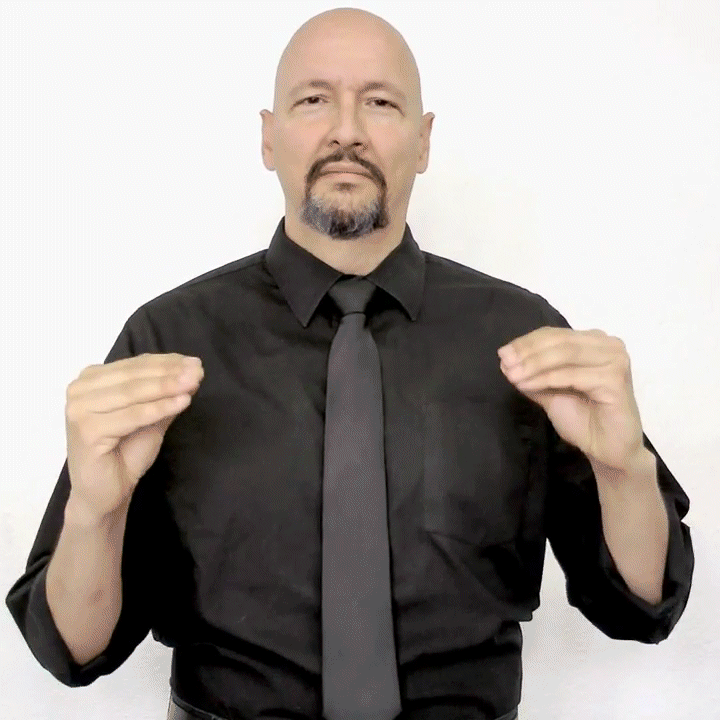More in sign language is a crucial phrase that facilitates communication for those who are deaf or hard of hearing. This phrase, while simple, represents a gateway to broader conversations and exchanges of ideas. Learning how to sign "more" can significantly enhance the ability of individuals to express their needs and desires, making it a fundamental building block in the realm of sign language. In this article, we will delve deep into the meaning of "more" in sign language, its applications, and the broader implications of learning sign language in our increasingly inclusive society.
The use of sign language is not just a skill; it’s an enrichment of cultural understanding and an essential tool for effective communication. It empowers individuals and creates a bridge between communities. By exploring the nuances of more in sign language, we can appreciate the importance of fostering an inclusive environment where everyone can interact seamlessly.
Throughout this article, we will cover various aspects of sign language, including its benefits, the significance of learning it, and practical tips on how to get started. Whether you are a beginner or someone looking to improve your skills, this comprehensive guide will serve as a valuable resource.
Table of Contents
What is Sign Language?
Sign language is a fully developed, natural language that utilizes visual gestures, facial expressions, and body language to convey meaning. Unlike spoken languages, sign languages are visual-manual languages, which means they are expressed through the hands and face rather than the vocal cords. There are many different sign languages around the world, each unique to its culture and community.
Types of Sign Language
There are various types of sign languages, including:
- American Sign Language (ASL)
- British Sign Language (BSL)
- International Sign Language
- Australian Sign Language (Auslan)
The Importance of Sign Language
Understanding and using sign language is vital for several reasons:
- Accessibility: It allows deaf and hard-of-hearing individuals to communicate effectively.
- Cultural Awareness: Learning sign language fosters a deeper appreciation for the deaf community and its culture.
- Social Inclusion: It promotes inclusivity, allowing for better interactions between hearing and non-hearing individuals.
Understanding "More" in Sign Language
The sign for "more" is one of the first signs that many people learn when starting with sign language. It is generally used to indicate the desire for additional quantity, be it food, attention, or engagement in an activity.
Sign Representation
The sign for "more" is performed by bringing the fingertips of both hands together, as if you are asking for more of something. This simple gesture can express a wide range of requests and feelings.
How to Sign "More"
To sign "more," follow these steps:
Benefits of Learning Sign Language
Learning sign language offers numerous benefits:
- Improved Communication: It enhances your ability to communicate with deaf and hard-of-hearing individuals.
- Cognitive Development: Learning a new language can improve your cognitive skills and memory.
- Career Opportunities: Proficiency in sign language can open doors to various career paths in education, healthcare, and social services.
Resources for Learning Sign Language
There are numerous resources available for those interested in learning sign language:
- Online courses and tutorials
- Books and manuals on sign language
- Community classes and workshops
- Mobile apps designed for sign language learning
Challenges in Learning Sign Language
While learning sign language can be rewarding, it comes with its own set of challenges:
- Limited Resources: Access to quality learning materials may be restricted in some areas.
- Practice Opportunities: Finding opportunities to practice with fluent signers can be difficult.
- Cultural Nuances: Understanding the cultural context behind signs can take time and effort.
Conclusion
In conclusion, learning more in sign language is not just about mastering a few signs; it’s about embracing a whole new way of communicating. The importance of sign language extends beyond simple gestures, paving the way for deeper connections and understanding within our communities. As we reflect on the benefits and challenges of learning sign language, we encourage you to take steps towards learning this invaluable skill. Leave a comment below, share this article with others, or explore more about sign language in our other articles.
Thank you for reading! We hope to see you back soon for more insightful content.
Article Recommendations



ncG1vNJzZmibkafBprjMmqmknaSeu6h6zqueaKWVo8GwvtJmmKecXae8rbGMpqadnZyofK670Z5koqZdqLaouoylmKefpZa0pnrHraSl